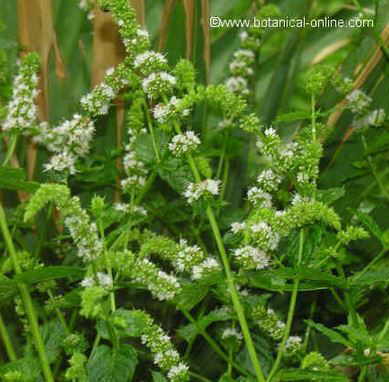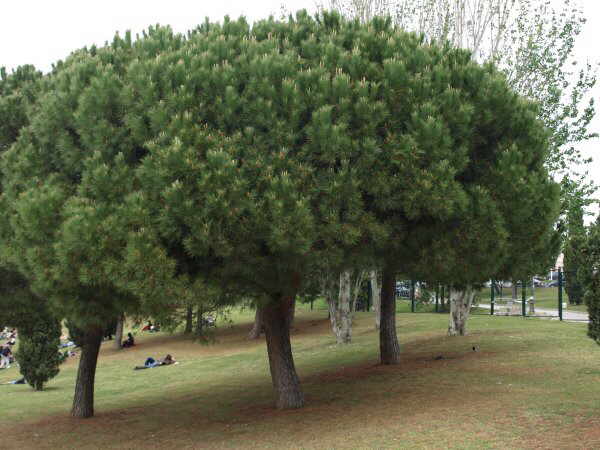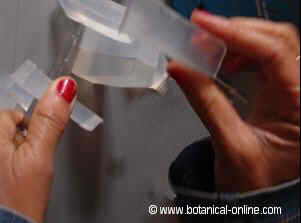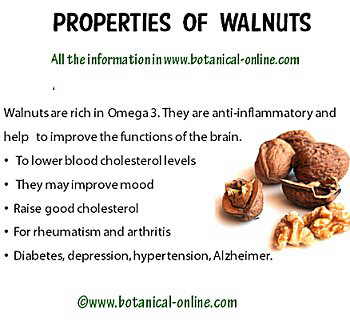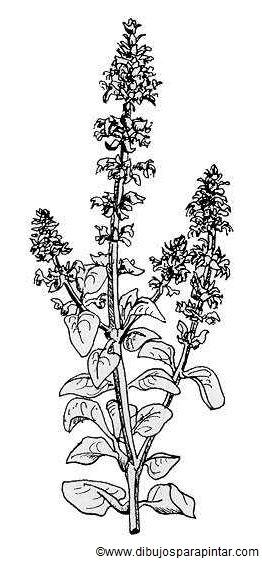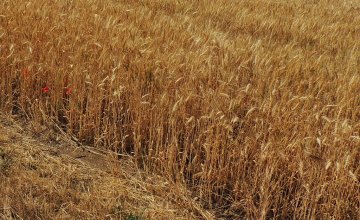Contents
- 1 What is the food digestion process like?
- 1.1 What is the digestive process?
- 1.2 Digestion begins in the brain: the cephalic phase
- 1.3 How is food absorbed?
- 1.4 Where is food transformed into nutrients?
- 1.5 Digestion in the mouth
- 1.6 Composition of saliva
- 1.7 How does food go from the mouth to the stomach?
- 1.8 Digestion in the stomach
- 1.9 Passage from the stomach to the intestines: the chyme
- 1.10 Digestion in the intestines:
- 1.11 Digestive functions of the small intestine
- 1.12 How does chyme move from the stomach to the anus?
What is the food digestion process like?
What is the digestive process?
Food digestion is a mechanical and chemical process that occurs in the body to break down and absorb the nutrients provided by food.

It involves mechanical processes such as chewing and chemical components such as appetite hormones or enzymes from digestive juices.
Digestion begins in the brain: the cephalic phase
Digestion begins in the brain, in what is scientifically known as the cephalic phase of digestion. In this first digestive stage, the brain perceives that we are going to eat, either because we know it is time to eat, because the smell filters from the kitchen to the dining room, because we know that when we get home the food will be on the table, etc.
In any case, when the brain knows that it is going to eat, it begins to produce a whole series of chemical substances, hormones, that will go directly to notify the digestive system. The digestive organs respond to these signals by moving and beginning to produce secretions. Who hasn’t experienced salivating a lot over a very appetizing meal?
The cephalic phase is very important because it begins to prepare the digestive organs. This, in turn, generates the feeling of appetite. In English there is a very descriptive expression of this phase: “making your mouth water“, referring to the excessive salivation that occurs when faced with a delicious dish. For example, “My mouth is watering with this smell of freshly baked cake.”
In natural remedies, spices and aromatic herbs are used to enhance the flavor of dishes and make them tastier, which increases these brain chemical signals and increases appetite.
How is food absorbed?
Food can only be assimilated once it has been broken down and transformed into nutrients. For this reason, during the digestive process, food undergoes a transformation and is broken down into smaller molecules that can be absorbed, called nutrients.
Where is food transformed into nutrients?
Throughout the entire digestive tract, mainly mouth, stomach and small intestine, the presence of enzymes break down the components of food resulting in the following main nutrients:
- Carbohydrates into disaccharides and simple carbohydrates.
- Proteins are broken down into amino acids.
- Fats into short and medium chain fatty acids.
- Fiber is the only component of vegetables that the human body cannot break down. Its function in the body is to clean the intestine and feed the intestinal flora.
Digestion in the mouth
- Teeth break food into smaller particles so that the contact surface between the food and digestive juices is larger. Chewing food well prevents heavy digestion as it facilitates the function of the other digestive organs.
- The tongue helps to pass food over the teeth and salivate food. We should not forget that the taste buds are located on the tongue, which are capable of making the process of eating pleasant and enjoyable.
- Saliva contains digestive enzymes, that is, substances capable of digesting certain foods.
Composition of saliva
Saliva is the body’s first digestive fluid. It contains various components responsible for breaking down food, called enzymes.
The most important is the enzyme salivary amylase (also called sucrase). Amylase is responsible for breaking down complex carbohydrates into simple carbohydrates or smaller molecules such as glucose. For example, if we chew a piece of bread for a long time, we can see that it becomes increasingly sweeter due to the digestion carried out by saliva, which breaks down the complex carbohydrates in the bread into sugar molecules.
In addition, saliva also contains other enzymes, such as lingual lipase or salivary lipase (it’s responsible for predigesting fats), maltase and beta-glucoronidase (it’s for digesting starch), etc.
How does food go from the mouth to the stomach?
Food travels to the stomach through a long tube, called the esophagus.
In the pit of the stomach there is a valve that regulates the entry of food into the stomach, called the cardia. In turn, this valve prevents food from passing from the stomach into the esophagus again.
People for whom this valve does not work well may have problems such as burning in the chest or hiatal hernia. (One of the recommendations for these people will be not to go to bed after eating).
Digestion in the stomach
The following digestive functions are carried out in the stomach:

Oral hygiene after eating will prevent the appearance of cavities and dental problems In the stomach, food proteins are digested and broken down into amino acids. The stomach produces digestive secretions, known as gastric juices. These contain hydrochloric acid, to break down food, and enzymes such as protease. Protease is the enzyme that breaks down proteins into amino acids.
- The more protein there is in the stomach, the more acidic secretions are secreted. For this reason, people with heartburn should avoid eating excessive amounts of protein, such as a barbecue or a large steak, milk, cheese, eggs, etc.
- Food can remain in the stomach for hours. Not chewing, eating too much meat or eating foods rich in fat causes the food to need to be in the stomach longer. During this time, while the breakdown of the protein occurs, if you have eaten a lot and the other food is in the stomach, a feeling of fullness, heaviness and discomfort occurs.
Passage from the stomach to the intestines: the chyme
Food leaves the stomach towards the intestine completely decomposed by the action of gastric juices. This alimentary bolus is called chyme.
The valve that controls the passage of food from the stomach to the small intestine is called the pylorus.
Digestion in the intestines:
The intestines are very important digestive organs since they absorb nutrients and water.
The intestines are distinguished into:
- Small intestine, which is divided into three parts: duodenum (this is the part that connects with the stomach and where the liver and pancreas ducts empty), jejunum and ileum (this is the terminal part that connects with the large intestine).
- Large intestine, which is divided into three parts: ascending, transverse and descending colon.
The intestines are very important digestive organs because they are where the absorption of nutrients and water takes place.
Digestive functions of the small intestine
The small intestine is approximately 6 meters long and 3 cm. thick. This length is necessary so that nutrients can be broken down and the body has enough time to absorb them.
How does chyme move from the stomach to the anus?
The chyme advances thanks to the motility, peristalsis or movement of the intestines, which in turn also helps to break it up, “crushes” it to break it into small pieces so that there is a greater contact surface with the digestive juices.


